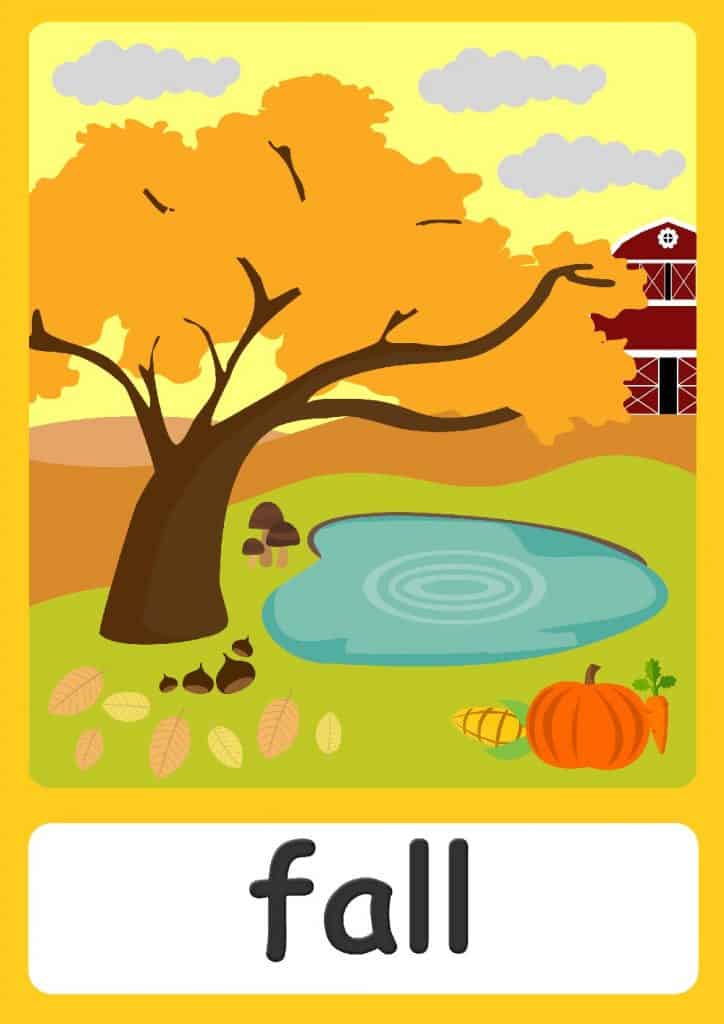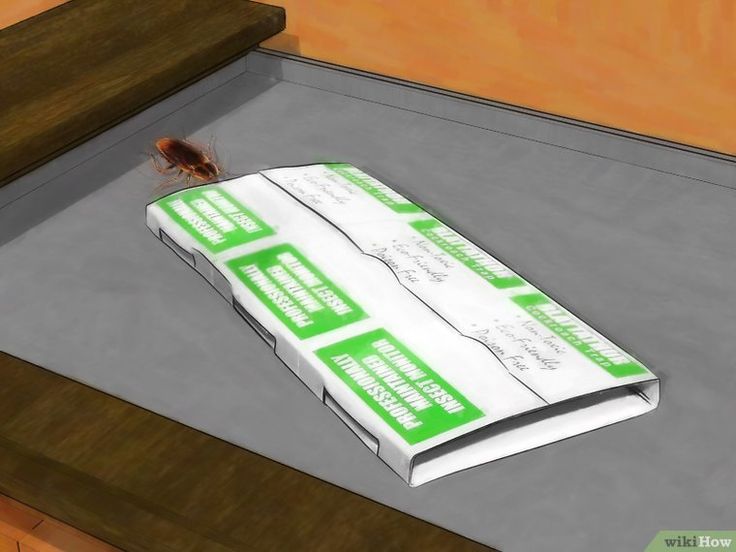Late summer early fall
Late Summer, Early Fall Are Perfect For Planting!
The middle of August can be a tough time for gardeners. On one hand, the challenges of weeding and watering seem to be at their peak. On the other, there’s a growing dread that it won’t be long before the green season gives way to gray skies, falling leaves, and frosty temps.
But take heart! You don’t need to give up on the garden just yet. There’s still time to grow a few fall vegetables; plant or re-seed a lawn; give perennials and bulbs a head-start for spring; add some mulch; and even install a rain barrel to conserve water during the dry August heat.
Fall Vegetables
According to the Penn State Extension, “A cool-season vegetable needs the cooler temperatures to germinate and set seed. … Common cool-season vegetables include Asian greens, asparagus, beets, broccoli, Brussels sprouts, chives, cabbage, carrots, cauliflower, Swiss chard, kale, leek, lettuce, onion, parsnips, peas, radishes, spinach, and turnips. ”
As a bonus, the Extension says some vegetables even get sweeter after a frost, including “carrots, turnips, rutabagas, and beets … brussels sprouts, broccoli, and kale, and most leafy greens.” (Note: “Leafy greens” here refers to ‘cole’ crops: veggies that grow best between 60 and 68 degrees.)
Check the Penn State Extension web site for the best dates to plant your fall veggies, which generally range from Aug. 15 to Sep. 30th. Although we’re past the official last planting dates for a few of them, chances are you can still get a harvest if you get them in the ground soon.
Consider a Cover Crop
Farmers know that “cover crops”—grains or legumes planted in the off-season —will improve the soil in fields used for warm-season crops.
Cover crops help keep soil from eroding, replace and retain some essential soil nutrients, and add organic material to the soil in spring, when they get turned over.
According to the Extension, alfalfa, crimson clover and hairy vetch “fix” nitrogen in the soil, which means they convert the nitrogen into a food usable by plants. Barley, oats, winter rye, and winter wheat add organic material and improve soil structure.
Barley, oats, winter rye, and winter wheat add organic material and improve soil structure.
The Extension advises fall planting of cover crops “between the last of your warm season vegetables to give them a head start before the weather cools.”
Trees, Shrubs, PerennialsNow is a great time to plan out landscape plants and flower beds for next year and beyond.
If you get trees, shrubs, and perennials like salvia, coreopsis, dianthus, phlox, sedum, and many others in the ground now, late summer/ early fall planting will give them plenty of time to set root before they go dormant in the cold weather. Come spring, they’ll perk up and have a head start on the growing season.
Bulbs such as tulips, hyacinths, narcissus, crocuses and iris will provide spring and summer color if you plant them now.
Be sure to apply organic fertilizer, a layer of mulch, and continue to water well to ensure they get the best start possible.
Fall Planting For Lawns
According to the Penn State Extension, most of our Pennsylvania lawns are made up of “cool season” grasses, “including Kentucky bluegrass (Poa pratensis), perennial ryegrass (Loliam perenne), and fine fescues (Festuca spp.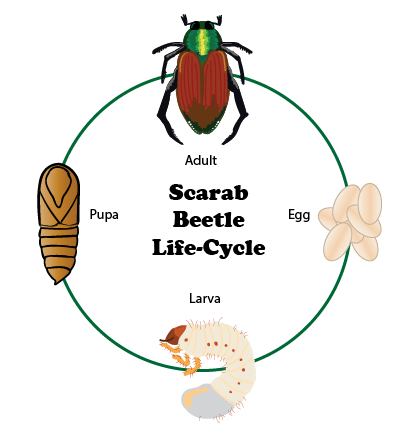 )”
)”
That makes late summer and early fall the perfect times to plant a new lawn, or reseed/patch an existing one. Proper watering is critical for both germination and success—which is why the cooler months are easier on tender green shoots.
Planting in Late Summer and Early Fall
While spring is the traditional planting season in Iowa, late summer and early fall (mid-August to early October) is an excellent time to plant many landscape plants. Below is advice on fall planting of trees, shrubs, perennials, annuals, spring-flowering bulbs, lawns, and vegetables.
Trees & Shrubs | Perennials | Annuals | Bulbs | Lawns | Vegetables | More Information
Trees and Shrubs
August through early November is an excellent time to plant deciduous trees and shrubs. Evergreen plants, such as pine and spruce can be planted from mid-August through September. (Evergreens planted in late October or November may not have adequate time to become established before the onset of winter and could be subject to desiccation injury and death.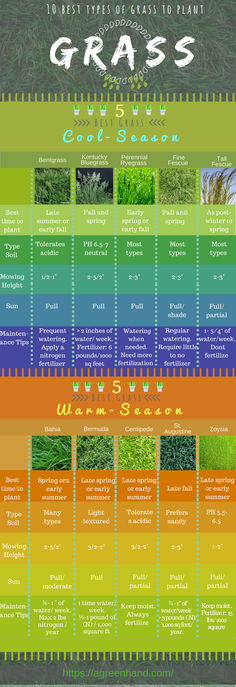 )
)
Water newly planted trees every day for 3 or 4 days and then gradually reduce the frequency of watering. When watering, slowly apply water to the rootball and the surrounding soil. A thorough watering every 7 to 10 days (in dry weather) should be sufficient 3 to 4 weeks after planting. Continue watering until the ground freezes.
More Information on Planting Trees and Shrubs
- Tree Planting Basics
- Planting Trees in the Landscape
- Care of Newly-Planted Trees
Perennials
Late summer/early fall is an excellent time to plant many perennials. It is also a good time to move or divide perennials, such as peony, iris, daylily, garden phlox, and oriental poppy. Perennials planted in late summer or early fall should be mulched with several inches of straw, pine needles, or other materials in late fall. Mulching helps prevent repeated freezing and thawing of the soil that may heave plants out of the ground. Drying of the exposed plant crowns and roots can cause severe damage or death.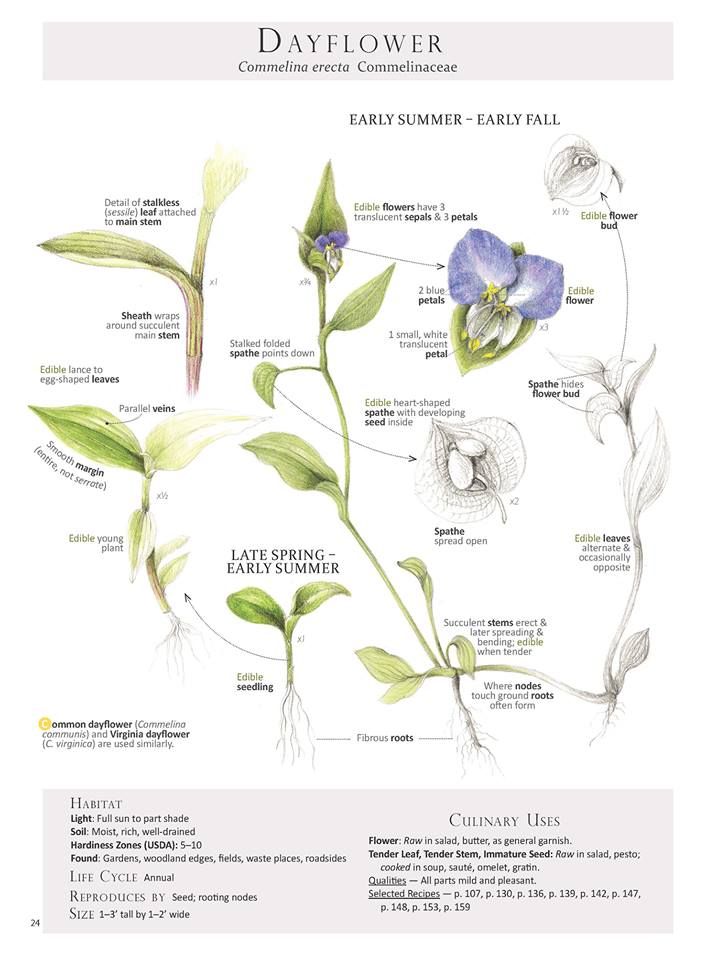
More Information on Planting Perennials
- Late Season Perennial Flowers
- Flowering Plants for the Late Summer Garden
- When to Divide Perennials
- Which perennials can be divided in late summer?
- Perennials for Sun
- Perennials for Shade
- Perennials for Shady Areas
Annuals
Annuals are a great way to add variety and color to the landscape and containers. As temperatures cool in late summer into fall, many of the summer annuals like marigolds, coleus, and impatiens are looking “tired.” These annuals can be replaced by cool-season annuals that do well in the cooler temperatures of fall.
Cool-season annuals are annual plants that prefer cool temperatures, growing best in spring or fall. Many are tolerant of a light frost, often surviving down to 28°F or sometimes even 25°F with little damage to flowers or leaves. They are great additions to containers and garden beds in the shoulder seasons to add color late into autumn. For the fall season in Iowa, cool-season annuals can be planted mid-to-late September. They can remain in the garden until they are killed by cold temperatures. For many of these plants that is typically mid-November to early December in much of Iowa.
For the fall season in Iowa, cool-season annuals can be planted mid-to-late September. They can remain in the garden until they are killed by cold temperatures. For many of these plants that is typically mid-November to early December in much of Iowa.
More Information on Planting Annuals
- What cool-season annuals do well in Iowa?
- What do I do with cool-season annuals when winter arrives?
- Certain cool-season annuals are sometimes grown as perennials. Can I expect these plants to come back each year?
Spring-Flowering Bulbs
October is the ideal time to plant tulips, daffodils, and other spring-flowering bulbs. Plant bulbs in groups or clusters to achieve maximum visual impact. Bulbs planted individually or in single rows are generally not as effective. Spring-flowering bulbs can be planted as late as December if the ground is not frozen.
More Information on Planting Bulbs
- Selecting and Planting Spring-Blooming Bulbs
- Forcing Flower Bulbs
Lawns
Mid-August to mid-September is the best time to seed new lawns and overseed existing lawns in Iowa. A late summer seeding has several advantages over spring seeding. The seeds of cool-season grasses germinate quickly in the warm soil of late summer. The warm days and cool nights of early fall promote rapid turfgrass growth. The growing grass also has less competition from weeds as few weed seeds germinate in late summer or fall.
A late summer seeding has several advantages over spring seeding. The seeds of cool-season grasses germinate quickly in the warm soil of late summer. The warm days and cool nights of early fall promote rapid turfgrass growth. The growing grass also has less competition from weeds as few weed seeds germinate in late summer or fall.
More Information on Seeding Lawns
- Seeding a New Lawn
- Establishing a Lawn from Seed
- Overseeding a Lawn
- Sodding a New Lawn
- Fall Tips to Ensure a Healthy Green Yard in the Spring
Vegetables
Several vegetables can be planted in late summer for a fall crop. For a fall crop, plant beets, carrots, Swiss chard, kohlrabi, and kale in early to mid-August, plant leaf lettuce and spinach in late August to early September, plant radishes from mid-to late September, and plant garlic from October to early November.
Due to hot, dry soil conditions, seed germination in late summer is often rather poor. To promote seed germination, plant fall vegetables when the soil is moist after a rain, sow the seeds slightly deeper than spring plantings and lightly water the row after the seeds have been sown.
To promote seed germination, plant fall vegetables when the soil is moist after a rain, sow the seeds slightly deeper than spring plantings and lightly water the row after the seeds have been sown.
Lettuce seeds are sensitive to extreme heat. To achieve good lettuce seed germination, check the weather forecast and sow the seeds when a prolonged period of mild weather is predicted.
More Information on Planting Vegetables
- Planting and Harvesting Times for Garden Vegetables
- Fall Planting of Vegetables
Additional Information
- Fall Garden Clean-Up
- Overwintering Unplanted Trees, Shrubs and Perennials
- How to Overwinter Plants
Essay for version No. 8 of the Unified State Examination-2022 in Russian
August 1, 2021
TG 4USE
Works of the USE
Ready essay for version No. 8 of the collection “36 typical options”, edited by I.P. Tsybulko.
Edigey recalled the end of summer and the beginning of autumn of 1952 with a special feeling of former happiness. After that terrible heat, from which even lizards resorted to the threshold of housing, fleeing from the sun, the weather suddenly changed already in mid-August. The unbearable heat suddenly subsided, and coolness gradually began to arrive, at least at night it was already possible to sleep peacefully. nine0003
Full text:
Composition
Life is full of ups and downs, so it is important to learn to look for something good, bright in each new day. Sometimes even little things that we rarely pay attention to can make us happy at some point. Ch.T. Aitmatov raises in the text the problem of overcoming life's difficulties. How can you survive failures and not give up under any circumstances? Apparently, this is a gift given to man from above. However, each of us, if desired, can learn this. nine0003
The author emphasizes how a person's worldview changes under the influence of life's difficulties on the example of one of the characters. When the “furious, furious rain” began, Edigey wants to run away as soon as possible, because at such moments people always rush home or look for temporary shelter. In this case, we can draw a parallel between the human world and the natural world: real storms also happen in our lives, depriving us of strength and energy. Is it possible to find a source of joy even in the most difficult period? Edigey noticed how the whole family rejoiced in the rain, considering it "an outlet from the sky." This involuntarily attracts the attention of the hero and makes him stop. He feels how his soul became “pleasant”, “sad”, “funny”, and these mixed feelings eventually helped Edigey to enjoy the “bright minute” of life. nine0003
When the “furious, furious rain” began, Edigey wants to run away as soon as possible, because at such moments people always rush home or look for temporary shelter. In this case, we can draw a parallel between the human world and the natural world: real storms also happen in our lives, depriving us of strength and energy. Is it possible to find a source of joy even in the most difficult period? Edigey noticed how the whole family rejoiced in the rain, considering it "an outlet from the sky." This involuntarily attracts the attention of the hero and makes him stop. He feels how his soul became “pleasant”, “sad”, “funny”, and these mixed feelings eventually helped Edigey to enjoy the “bright minute” of life. nine0003
It is also possible that the family that enjoyed the rain was actually going through a difficult period. Edigey noticed that the beautiful Zaripa was crying, hiding unbidden tears in the rain. Despite the fact that it was hard for the woman at that moment, she tried not to show her grief in front of the children and continued to have fun, laugh, and “amuse” her loved ones.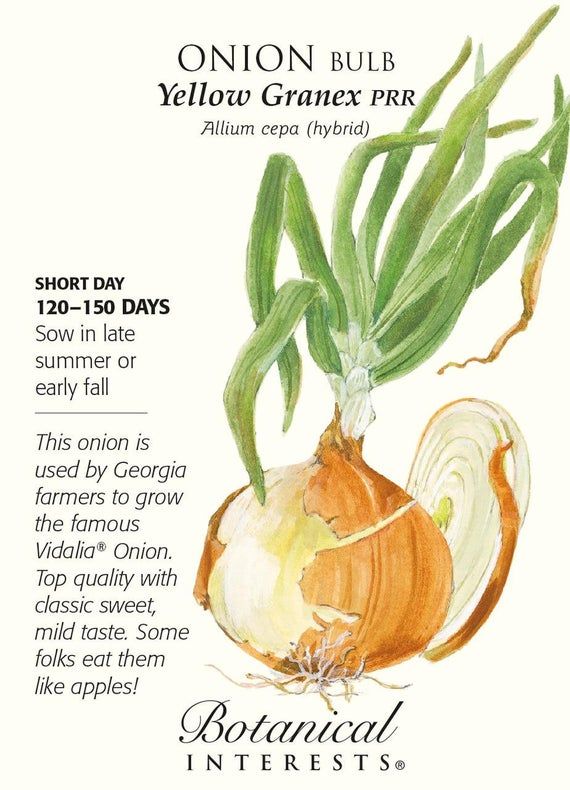 Most likely, the heroine dreamed of "a different life, cut off from them, where rain is not an event, where people bathe and swim in clean clear water." However, Zaripa tries to drive away disturbing thoughts from herself and decides to live in the present, here and now. nine0003
Most likely, the heroine dreamed of "a different life, cut off from them, where rain is not an event, where people bathe and swim in clean clear water." However, Zaripa tries to drive away disturbing thoughts from herself and decides to live in the present, here and now. nine0003
Both arguments emphasize the author's idea of the need to enjoy the little things. The examples given by Ch. Aitmatov complement each other and prove that sometimes a person needs quite a bit to be happy. It depends on the personality itself, which makes the most important choice: to go forward or to do nothing, reveling in their own grief.
The result of the writer's thoughts is the following position: even in the most difficult life circumstances, it is necessary to look for reasons for joy. The more difficult the conditions, the less a person needs to feel happy. nine0003
One cannot but agree with Ch.T. Aitmatov. Indeed, any person will need such a valuable skill - to live in one moment and enjoy every day. Both grief and joy, of course, are best experienced together with family and friends. So, for example, Margarita, the main character of the novel by M.A. Bulgakov's "Master and Margarita", refuses a rich life and a wealthy authoritative husband for the sake of her lover. She understands that together with the master she will have to endure many difficulties and go through difficult trials, but meanwhile the girl is not afraid of anything Margarita, even in the most difficult situation, finds for herself the main source of happiness - to support her dear person and help him in everything. “I’m going to do everything because of him,” said the heroine Azazello, a member of Woland’s retinue. nine0003
Both grief and joy, of course, are best experienced together with family and friends. So, for example, Margarita, the main character of the novel by M.A. Bulgakov's "Master and Margarita", refuses a rich life and a wealthy authoritative husband for the sake of her lover. She understands that together with the master she will have to endure many difficulties and go through difficult trials, but meanwhile the girl is not afraid of anything Margarita, even in the most difficult situation, finds for herself the main source of happiness - to support her dear person and help him in everything. “I’m going to do everything because of him,” said the heroine Azazello, a member of Woland’s retinue. nine0003
In conclusion, I would like to say that each of us has to go through difficulties from time to time. Sometimes it is quite difficult to find the strength to move forward. However, we must not forget that we can create happiness ourselves.
“Edigey recalled the end of summer and the beginning of autumn 1952 with a special feeling of former happiness” (according to Aitmatov’s text) :: USE-2022 in Russian
How can a person survive life's difficulties and feel happy? Ch.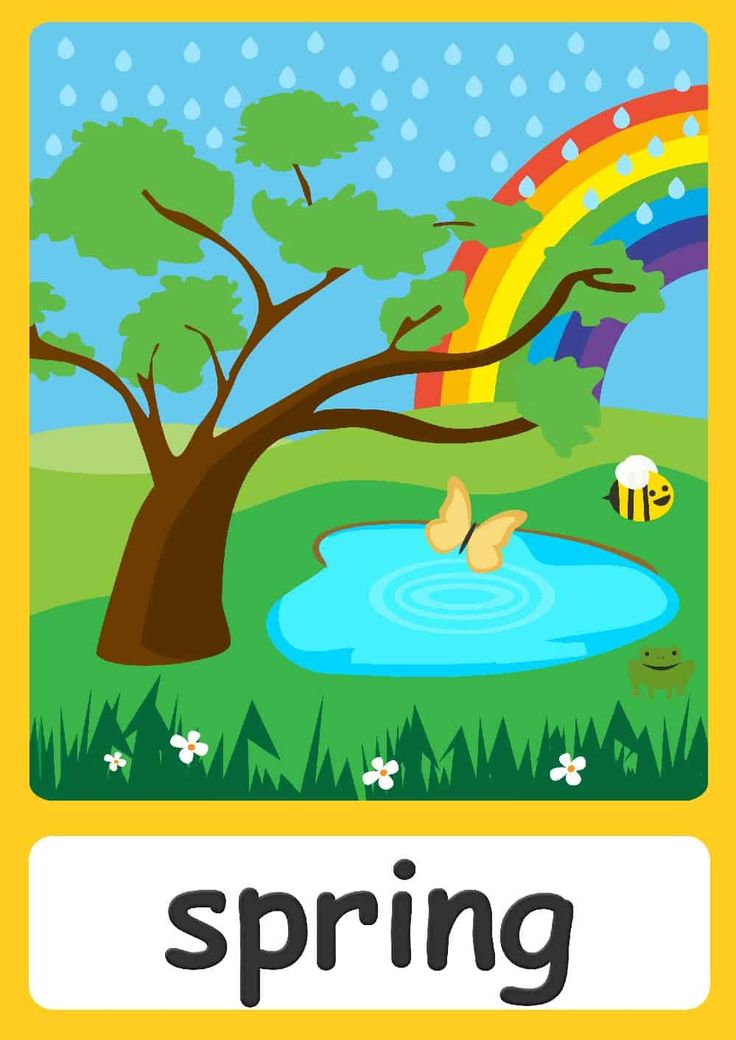 T. answers this question. Aitmatov, author of the text proposed for analysis. nine0003
T. answers this question. Aitmatov, author of the text proposed for analysis. nine0003
Through the special attitude of the Kuttybaev family to rain, the problem of overcoming life's difficulties is revealed.
Using the method of comparison, the author demonstrates that the attitude of the Kuttybaev family was really special. The story shows that the heroes were the only ones who were outside during the rain, not being afraid of it, but, on the contrary, rejoicing in it. Edigey, when "the downpour gushed", ran home; the author demonstrates that the hero initially treated the rain as a negative natural phenomenon from which he needed to hide. The Kuttybaev family perceived the downpour as a blessing, giving them the opportunity to frolic and feel happiness. The author emphasizes that even in what other people consider a difficulty, the characters find positive moments. nine0003
Complementing this idea, the writer gives a concrete example: experiencing difficulties, living in the steppe, where the sun constantly bakes and it rarely rains, Abutalip and Zaripa tried to pay attention not to what life is, “where rain is not an event, where people swim and swim in clean, transparent water, where there are other conditions, other entertainment, other care for children, ”but on those little things in life that can make their life a little happier.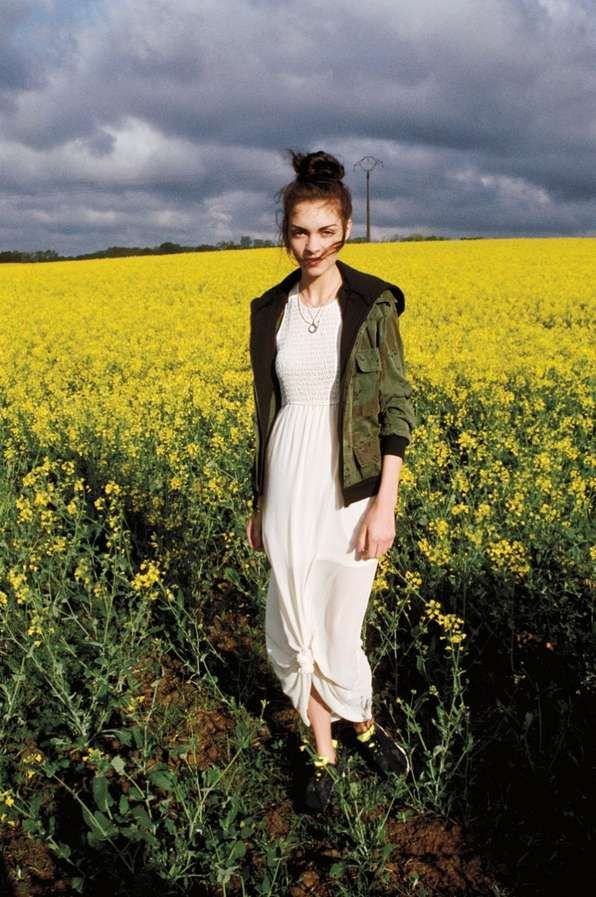
The author's position can be formulated as follows: in any situation, even the most difficult one should look for opportunities to experience happiness; looking for positive moments and phenomena in all circumstances, a person gets the opportunity to overcome life's difficulties. nine0003
One cannot but agree with the author of the text. Trials and obstacles help a person to overcome the ability to pay attention to the good, even if almost all circumstances are negative. To prove this point of view, one can refer to several works of art by Russian writers.
In the story of M.A. Sholokhov's "The Fate of a Man" it is shown that the war forced Andrei Sokolov to face really difficult living conditions. He lost what he loved most, what brought him true happiness, what made him overcome military difficulties - his family. However, even the death of Irina's wife and daughters Nastenka and Olyushka at 1943 and the death of his son Anatoly right on Victory Day did not make Andrei Sokolov fall out of love with life, which the war taught to appreciate.